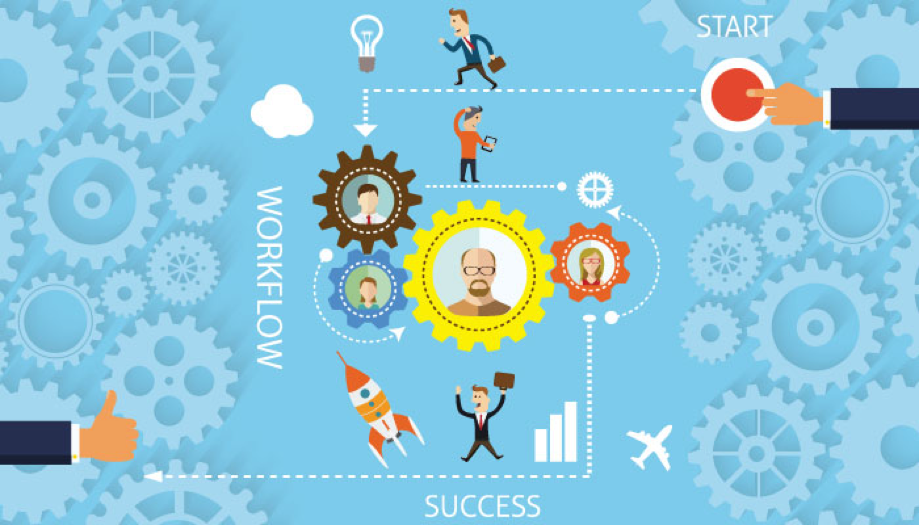In digital recruitment, behavior matters more than you ever thought
Have you identified your personas, segmented your database, and set up the campaign goals?
Great. It’s time to build up a winning workflow that will nurture your audience. At the same time, it will provide you with a deeper insight in how your audience reacts to your strategy.
I’m not only talking about measuring open rates or click rates. I’m talking about what your workflow will do after leads express interest. In other words, what triggers your strategy will foresee after those reactions. Are you going to do something to nurture your talent community? Or will you just stop at measuring your open/click rates?
The second question is an important metric to track and consider. But developing a long-term nurturing workflow is crucial too. Remember that your candidates are customers.
To create the much-desired candidate experience, let’s start to consider them as customers.
A Winning Workflow
Roll up your sleeves and let’s start building up this workflow together.
Building up a workflow is an easy task to do and there are tons of CRMs or automation tools that allow you to do so. The point here is to build up a workflow based on candidate behavior that will apply the IFTTT logic.
IFTTT = If this, then that.
Think about a process map. It works more or less in the same way. If I fill out a form I will receive a confirmation email. If I open it, what will be next? That’s what this article is about.
For most companies, there is no next. They stop there. And more likely, the only things candidates get is a newsletter or “the hot job of the week.”
The long-term nurturing workflow works based on the lead’s behavior. Per each action there is a reaction, by trigging another campaign according to the action the lead has taken. Below a treemap that may help you to understand it better:

As we can see, each action triggers another campaign, and it could be endless. Once you have the workflow set up, it will be up to you deciding for how long you are willing to keep it running. Base it on quarters of the year so that you are able to pull out a good amount of information out of that.
You’ve noticed that for each action taken, a certain amount of points will be assigned to a lead. I know that every CRM or automation tool works in different ways, so there may be a work-around to do this in your tool.
Recruitment Funnel Stages
When you run a campaign, understand in which stage of your funnel a lead sits. This way, you can calibrate your strategy and segment your audience even more.
Create a workflow based on behavior to know the stage a candidate is in. Every source categorizes and names these stages in different ways. Perhaps use three main stages in our funnel: awareness, interest, and consideration. The acronyms TOFU, MOFU, BOFU (Top of the Funnel, Middle of the Funnel, and Bottom of the Funnel) help to better identify in which stage the lead sits.

That’s why assigning points for each taken action helps to understand where they are. You can see who they are by using cookies, IP recognition, or lead-tracking plugins. Advanced CRMs and automation tools have them incorporated. In this way you will be able to analyze a wide range of things, such as interest, brand recognition, and ambassadors (those who advocate).
On the flip side, you will also see those who ignore your emails. The so-called leads opting in to receive messages, but aren’t genuinely interested. Here points and tags will allow you to tailor a unique re-engagement strategy addressed to them.
What to Share in Campaigns
Many companies still don’t get the importance of content creation. Each campaign requires a balance. To balance our campaign, first of all, understand what the goal is about. Do we want to drive conversion, or increase our brand awareness? Do we want this campaign to be “brand driven” or “sales driven”?
Do we want it to be brand focused, and play with emotions? If so, give high-value content, and generate the “wow” effect. Or, do we rather want to use urgency and pressure to generate more “sales”? Once you’ve decided on more emotion or more sales, you’re ready to go.
